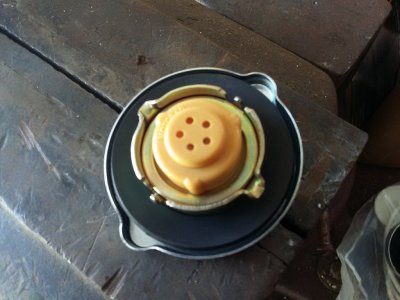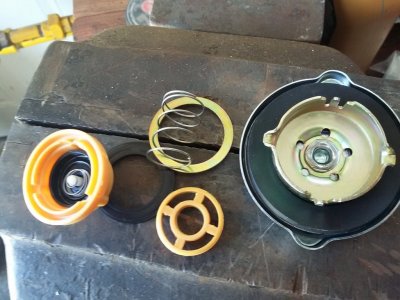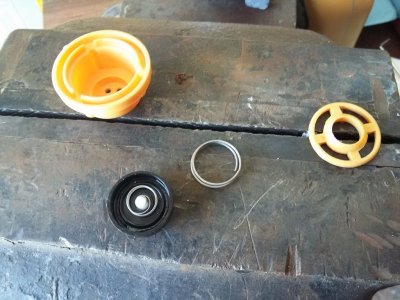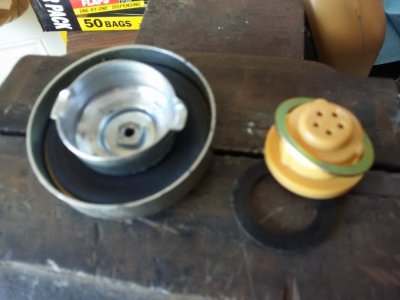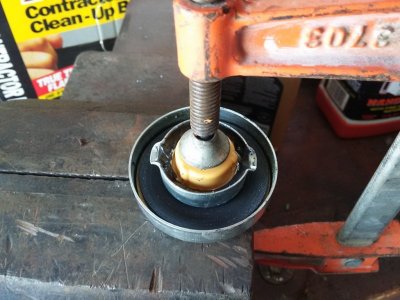383man
Well-Known Member
Its really pretty simple. The tank has to be vented either by a vent line of a vented cap and yes a vented cap lets air in and out just like an open vent line does. Around 1972 they started using non vented caps and charcoal canisters which would store the fuel vapors. If the 69 Runner calls for a non vented cap then the tank has to have a vent line somewhere. If the tank dont get vented to atmosphere the car eventually stop running as the fuel needs atmospheric pressure on it to push it out of the tank. The newer cars of about 71 and up are called non vented caps but at a certain vacum they will vent to let air in and at a certain pressure they will vent to let air out. Thats in case the canister lines would get plugged so the fuel tank wont collaspe. The non vented normally lets fuel vapors out into the charcoal canister and then when the eng is running the canister is purged of the fuel vapor fumes. It can also vent through the canister while the eng runs so atmospheric pressure will get into the tank.
So if your car dont have a charcoal canister which most 71 and older cars dont it has to either have a vent line coming off the tank that usually will go up some and then back down and some even go back and vent inside the uni-body frame rail. They do this so fuel cant just come out the vents on turns and all. If no vent line off the tank on 71 and older then it has to have a vented cap. Ron
So if your car dont have a charcoal canister which most 71 and older cars dont it has to either have a vent line coming off the tank that usually will go up some and then back down and some even go back and vent inside the uni-body frame rail. They do this so fuel cant just come out the vents on turns and all. If no vent line off the tank on 71 and older then it has to have a vented cap. Ron

